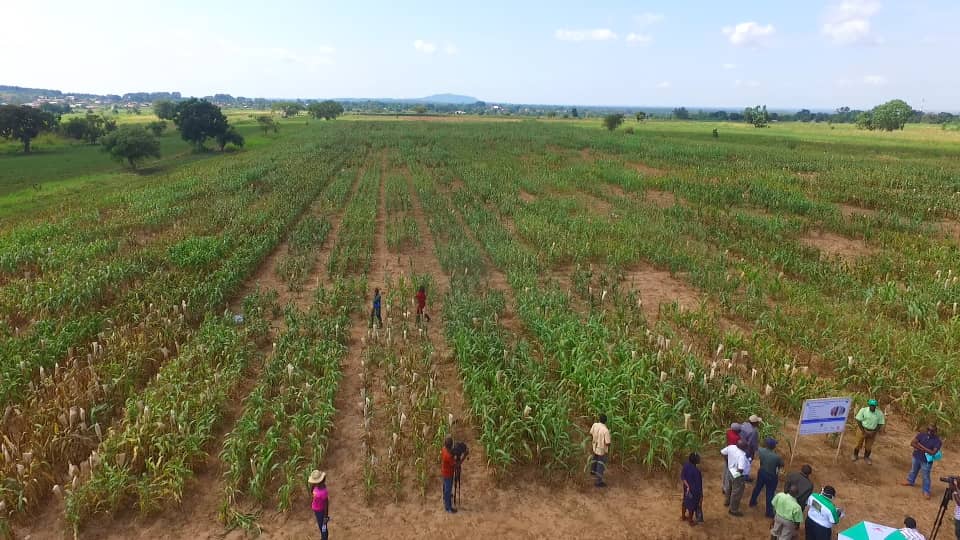URA: "Import duty on imported textiles still stands at 35%"
Uganda Revenue Authority(URA) has said textiles and garments which are not manufactured in Uganda since they can’t cannot be adequately sourced locally have been maintained at an import duty rate of 35%.
These textiles account for 90% of the clearances by the textile and garments traders.
Keep Reading
Last week, Kampala City Traders Association (KACITA) threatened that starting September 1, they will remain at home as a peaceful demonstration in protest to what they termed as government's deliberate increment of taxes on textiles and garments.
KACITA claimed that taxes of textiles and garments in the country have been increased adding that given the current situation of Covid-19 ,this has affected the traders more than ever before.
However, in a statement, Ian Rumanyika, URA acting Assistant Commissioner, Public and Corporate Affairs said there is no increment of the taxes adding that the Minister of Finance Planning and Economic Development waived the specific duty rate of $ 3/3.5 per kg for the 90% of the textile and garments products, therefore these will remain at the 35% rate.
Rumanyika noted that the 35% was the tax rate applicable on textile for the Financial Year 2020/2021 and therefore status quo has been maintained.
He explained that containers that are pending clearance in customs are125 contrary to 700 that was mentioned by KACITA and so far, nine have been cleared due to the new tax regime as pronounced by the Minister of Finance Planning and Economic Development, Matia Kasaija.
He said the number is expected to grow as more traders realize that the rate has been maintained as it was last financial year.
"Textiles have proved to be one of the most critical sectors in job creation in Africa. An example is Ethiopia, where the sector employs more than 2.5 Million people, with women accounting for 70 per cent," he said.
He said that the government is continuing to engage the leadership of Kampala City Traders Association (KACITA) and all the other traders’ Associations to achieve a shared appreciation of this position and the collective benefits that come with it.
















